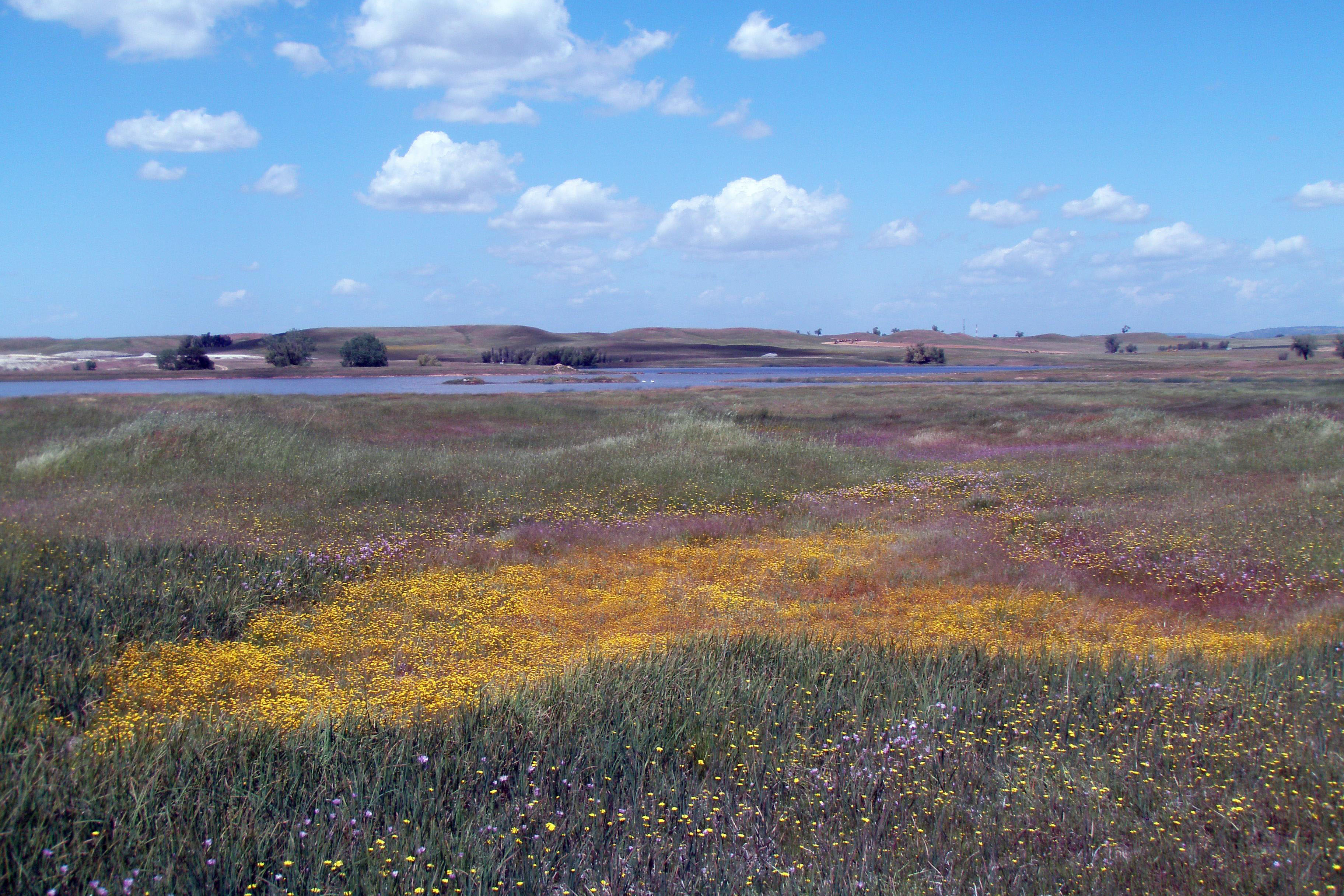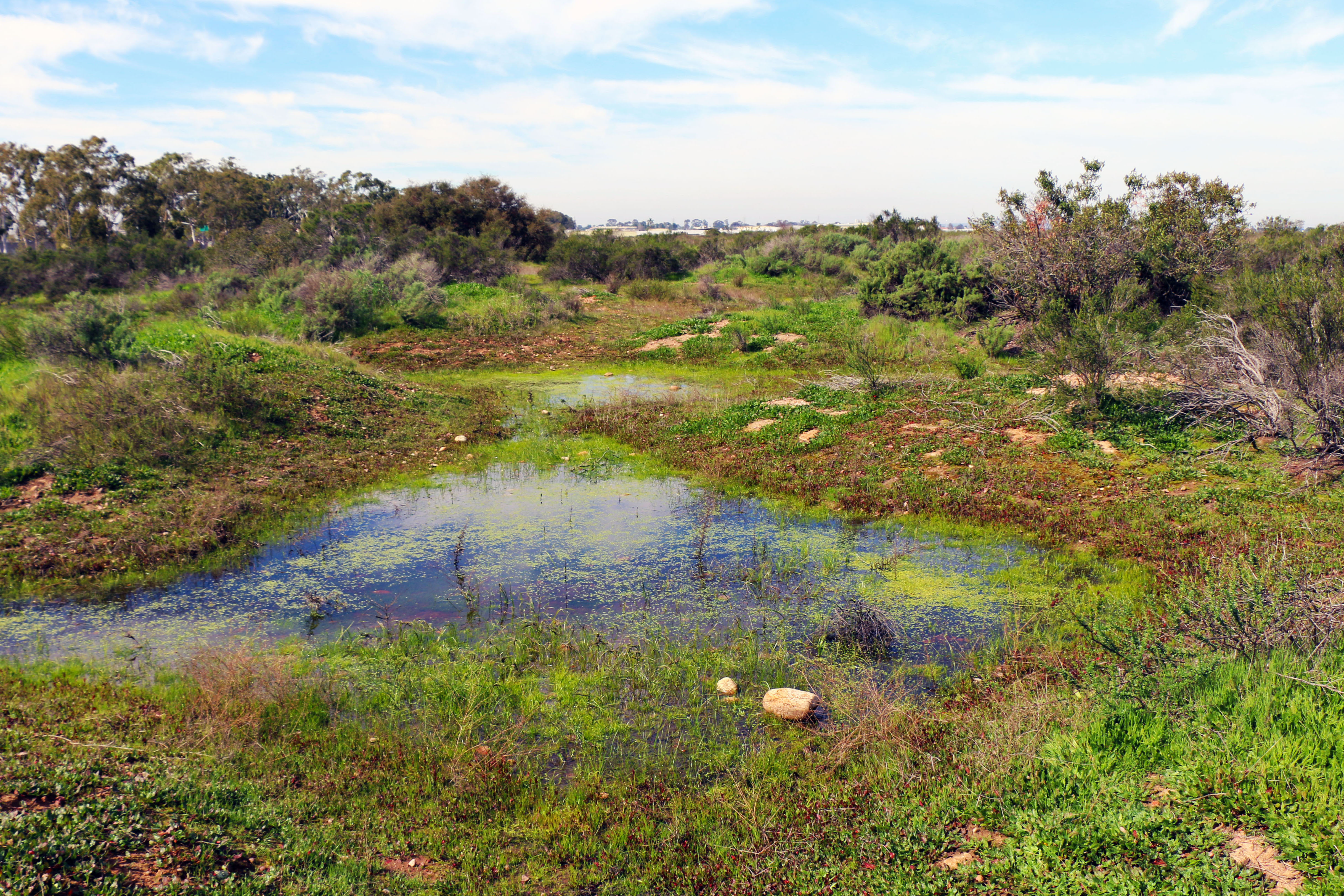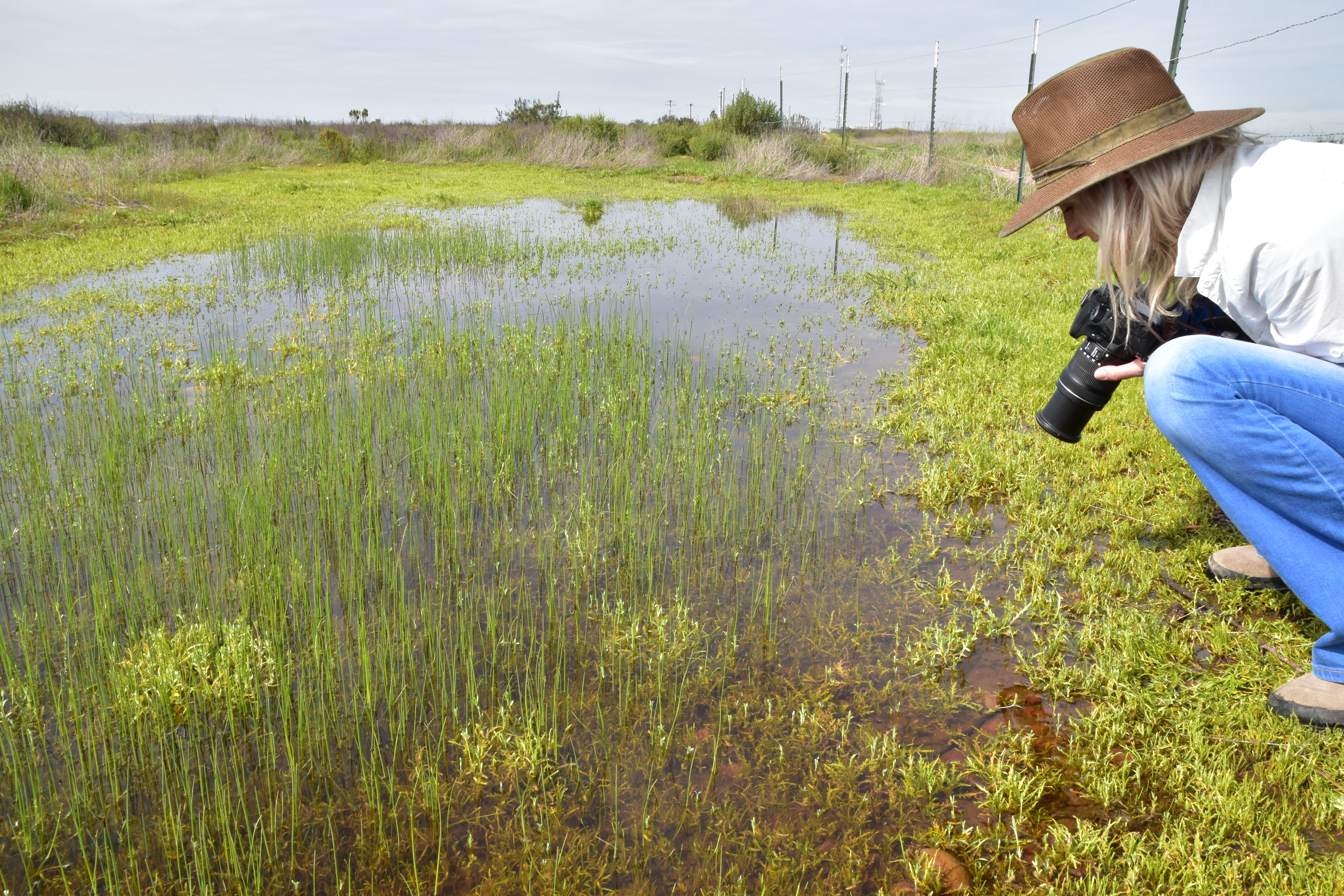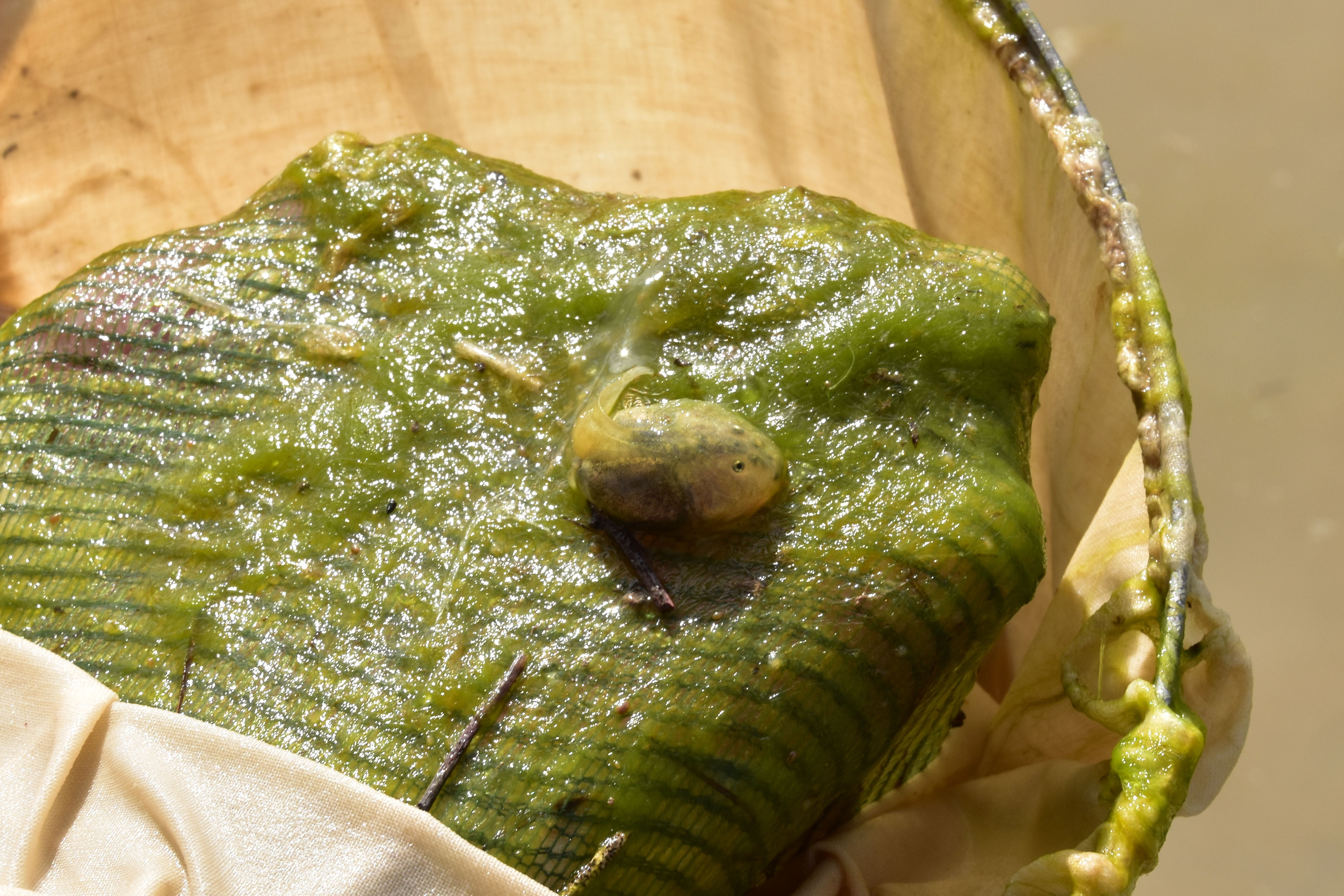As Section 404 of the Clean Water Act became fully formed through amendments passed into law in 1977, U.S. Army Corps of Engineers (USACE) districts around the country had to hire new staff with expertise in environmental sciences and build stronger relationships with key partners, such as the U.S. Fish and Wildlife Service (USFWS) and state and local government agencies. For USACE Los Angeles District, one of the first major successes in balancing development with the need to protect critical wetlands habitat under Section 404 authorities was the Corps’ contributions to the City of San Diego’s 1980 Vernal Pools Preservation Plan. During the implementation of that plan, the district’s expanded Regulatory Branch and USFWS staff worked in concert with the City of San Diego and San Diego County to protect vernal pools.
Vernal pools are surface depressions that overlie clay soils that remain dry much of the year but then flourish when the depressions fill with water during wet autumn weather. During the wetter periods, the pools provide rich habitat for many native plant and animal species.
The vernal pools in the San Diego area were the remaining vestiges of ephemeral wetland features that had begun rapidly disappearing due to suburban development during the 1960s and 1970s. Only a small percentage of the original extent of California’s vernal pool acreage remained; the most significant amounts existing in the Central Valley and in San Diego County. By 1980, the pools in the San Diego area represented roughly four percent of the original pool habitat that once covered parts of the county.
 |
|
 |
|
Flower blooms in California vernal pool wetlands, no date. USACE Los Angeles District Photo.
|
|
Vernal pool habitat and mima mounds, San Diego County, February 2017. Photograph by Joanna Gilkeson. Image courtesy of U.S. Fish & Wildlife Service. |
These habitats in the San Diego area supported several endangered species, including the mesa mint plant and fairy shrimp, whose presence on the federal endangered species list created additional impetus toward preserving at least portions of the remaining vernal pool areas. Although these habitats fell under Section 404 regulatory protections, District Engineer Col. Gwynn Teague indicated that the existing general permit system did not provide adequate protection for the approximately 2,400 vernal pools in the San Diego area, particularly given the presence of endangered species. As Teague explained in 1979, “In a situation like this, where an endangered species is present, the district can take discretionary jurisdiction over vernal pools,” which would require future developers to obtain a separate, more restrictive, permit for these areas.
To determine which pools or pool complexes should have highest priority for protection, a biology committee comprising technical staff from the Los Angeles District, the USFWS, several state agencies, the City of San Diego, the California Native Plant Society, and local consulting groups met in 1979 to evaluate and rank all of the San Diego vernal pools. The committee gave their highest rankings (and thus the top priority for preservation) to the pools with the most outstanding physical habitat and those containing endangered species. For pools on city, county, or private property, the preservation plan required that each developer proposing to impact a vernal pool habitat must obtain a USACE permit. It also required compensation, on a one-to-one basis, for any habitat loss by preserving vernal pools of equivalent quality in the same area. The plan defined loss of vernal pool habitat to encompass not only the destruction of individual pools but also the disruption to the hydrologic system of a pool complex.
 |
|
 |
| USFWS Public Affairs Specialist Joanna Gilkeson takes photos of endangered fairy shrimp in a vernal pool in Otay Mesa, California, February 2018. Photo by Maideline Sanchez. Image courtesy of U.S. Fish & Wildlife Service. |
|
Western spadefoot toad tadpole netted in vernal pool during a USFWS survey of Otay Mesa, February 2018. The pools are critical habitat for many rare species such as the spadefoot. Photo by Maideline Sanchez. Image courtesy of U.S. Fish & Wildlife Service. |
As more information became available about the ecology of vernal pool habitat, and as ongoing habitat loss continued to occur, the district’s Regulatory Branch adjusted its response to help provide more protection to these vanishing ecosystems. While initially working with a half-acre limit for development activity impacts authorized by general permit (below which the district did not require property owners to attain individual permits), it became clear that impacts to a small parcel of land could conceivably have adverse effects on an entire vernal pool complex or as many as one hundred individual pools. Cumulatively, too many pools were being damaged or destroyed because of ongoing development activities in the San Diego area. The district also recognized that mitigation offsets for vernal pool impacts established in the 1980 preservation plan still resulted in a net loss of what had become a very scarce and fragile natural resource because the mitigation offsets were limited to preservation of existing vernal pools and did not include the restoration or enhancement of vernal pools.
To halt the decline of vernal pool habitat in the region, the district mandated that henceforth regulatory staff would assess development impacts to vernal pools of any size under the individual permit process and would no longer use general permits to authorize development activities affecting vernal pools. By requiring that all development around vernal pool habitat undergo the more rigorous review necessary for an individual permit, it “afforded the maximum level of protection” under Section 404, because the district would only authorize “the least environmentally damaging practicable alternative for a given project.”
* * *
October 2022. No. 158.
See also:
USACE, “Supplement to the Decision Document for Nationwide Permit 37,” no date [ca. 2011], 4,